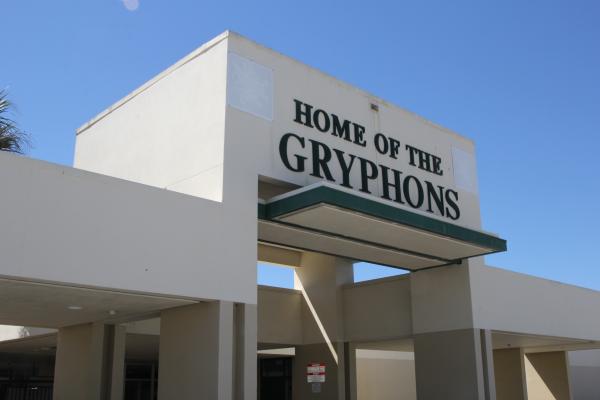Mar 19, 2018
Carlos Velazquez, 14, who attends Howard W. Blake High School in Hillsborough County, doesn’t read or write in English. But all of his courses, including physics, math, and literature, are taught by English-speaking teachers, while only one teacher is available to help Spanish-speaking students understand their coursework.
Read the Full Article

Already a subscriber? Login
